|
I recently went to Fall Creek Falls State Park in Tennessee and visited several of its waterfalls including the magnificent Fall Creek Falls, which is the tallest free-falling waterfall in the Eastern United States (see below). When I visit a place such as Fall Creek Falls, I like to enjoy the immediate beauty of the area which I can perceive through my eyes, but I also like to place what I see around me in the context of the scientific knowledge we have about the place. The park is part of a geological area in Tennessee that is called the Cumberland Plateau which rises about 1,000 feet over the Tennessee River Valley. Several of the limestone, dolomite, and shale rocks in the Cumberland Plateau started out as sediments deposited in a swallow sea 360-320 million years ago. And from 320 to 300 million years ago the erosion of the Blue Ridge Mountains, which once were as tall as the Rocky Mountains, also contributed sand and pebbles to the area. Over millions of years the sediments were compacted (lithified) into rocks and the whole area experienced an uplifting event which led to the creation of swift streams that carved out gorges in the plateau creating beautiful waterfalls such as Fall Creek Falls. When I stand near Fall Creek Falls, I am standing in an area that hundreds of millions of years ago was a tropical sea. And when I look at some of the rocks under the waterfall, I am looking at sediments that came from the summits of mighty mountains. Isn’t that amazing? Doesn’t that knowledge increase our sense of wonder about the place? It does so for me, but my enjoyment was dampened a bit when I saw that some of the park signs had been vandalized in a particular way. Signs everywhere are often vandalized by individuals for different reasons, but I noticed that the sign next to Fall Creek Falls (as well as other signs in the park) had one word crossed out: the word “millions”. And in this particular sign, the word “thousands” had been scratched in below. Clearly the person defacing the sign had a problem with the sign alluding to geologic formations “millions of years old” feeling that the proper description should have been “thousands of years old”. Who would this person be and why would they choose to vandalize the sign in this way? Although I have no definite proof, I presume that the individual(s) who vandalized this and other signs in the park believe in creationism. Other persons who have read these signs have arrived at the same conclusion. Creationists are people who adhere to a literal interpretation of the Bible and believe in several things that are contrary to scientific evidence such as that the Earth is only 6,000 to 10,000 thousand years old, that there was a universal flood that covered much of the Earth, and that all living things were created at the same time, and therefore human beings coexisted with dinosaurs. In recent years, creationists have framed the refusal of mainstream science to accept their views while promoting the teaching of evolution in schools as an attack on religion and the imposition of atheism. This is not true, but I have dealt with creationists before in my blog, so I am not going to repeat myself in this post. However, I do want to address the issue behind the vandalism. How do we know the Earth is much older than 6,000 years? There are many ways to figure this out, but I will only talk about two of them here. I have already mentioned in the Interesting Stuff section of my website that one of the methods scientists use to determine the age of rocks is radiometric dating. Radioactive elements decompose into other elements at fixed rates, and by measuring the proportion of both the parent and daughter elements in the rocks, scientists can find out when these rocks were formed. The results repeatedly obtained by many scientists using these techniques applied in many areas of the Earth is that the oldest rocks of our planet are billions of years old. This result has also been obtained when radiometric techniques were applied to meteorites and moon rocks. Creationists argue that radiometric techniques rely on false assumptions and have seized on mistakes made by some scientists to discredit these techniques. However, not only have creationist arguments been refuted, but many examples abound of rocks that have been carefully analyzed and found to be much older than creationist claims. Another way to figure out that the Earth is much older than 6,000 to 10,00 years is using the science from plate tectonics. The continents of the Earth are sitting on top of areas of the Earth’s crust called plates that move over the Earth’s mantle very slowly. Some continents that were connected in the past, such as North America and Africa, have since moved away from each other, while India has crashed into Asia giving rise to the Himalayan Mountains. The rate of movement of these plates nowadays can be measured by GPS and it is in the order of 0.6 to 10 centimeters per year. If you calculate the thousands of miles that the continents must have travelled at these slow rates, you arrive at figures in the tens to hundreds of millions of years. Creationists claim (with no evidence) that plate movement was much faster in the past, but to pack all that movement of colossal landmasses into a span of a few thousand years would be impossible from a physical point of view. The error in the creationist beliefs comes from using the Bible as a textbook of natural history, which it is not. To express this in a couple of sentences. The Bible is about how to go to heaven, not about how the heavens go. The Bible is about the rock of ages, not about the age of rocks. Creationists do a disservice not only to science but also to religion itself when using the Bible in this way. All the evidence we have clearly points to a very old Earth where most changes in the landscape have taken millions upon millions of years. And vandalizing park signs is not going to change that. The photographs belong to the author and can only be used with permission.
0 Comments
On a trip to Florida, I visited the Washington Oaks Gardens State Park to check out the coquina rock formation on the beach. This type of rock, whose name is derived from the Spanish name for “shell”, is only found in a few places around the world, but it is plentiful in Florida. What makes this rock unique is that it is made up of millions of tiny shells that have been cemented together. If you inspect the rock you can easily make out the individual shells. The way this rock was made is that over thousands of years the small mollusks that made the shells died and through wave action the shells got sorted and deposited in ever deepening layers. When the sea receded, the layers of shells were exposed and rain percolating through the top layers dissolved some of the calcium in the shells and deposited it in the deeper layers gluing the shells together and forming the rock. The action of the waves erodes some areas of the rocks in a circular fashion creating pools of sea water. As the erosion of the rock progresses the bottom of the pools is breached, and this gives rise to round holes in the rocks. Besides its geological characteristics, the coquina rock in Florida is also interesting for historical reasons. Spain had founded the city of Saint Augustine on the East Florida coast in 1565. By the 1600s the Spaniards began fearing the British would invade the city, and they decided to construct a fort that still stands to this day called “Castillo San Marcos”. As the only rock they could find in the area was coquina, the Spaniards erected the fort employing this rock. So essentially the Spaniards built a fort made of shell fragments glued together by erosion to ward off a British invasion! The British attacked Saint Augustine on 2 occasions, in 1702 and 1740. They subjected the castle to heavy cannonball fire trying to breach its walls, but to their surprise, the castle walls did not shatter when hit by the cannonballs. Rather the cannonballs either bounced off the walls or were absorbed into the coquina rock and the castle held its ground against the invaders. It was only in 1763 that the British gained St. Augustine (and all of Florida) as a result of the treaty of Paris.
So what happened? How could rocks made out of glued seashells resist cannonballs fired at them? The impact response of coquina has been studied. Because of its make up, coquina is a very porous rock that deforms easily when something impacts against it. While other rocks experience brittle fractures and shatter as a result of an impact, coquina has a high capacity to absorb energy from projectile impacts. And this ability has not merely allowed the Castillo San Marcos to resist the British sieges, but it has also allowed the fort to resist hurricanes and tropical storms, and remain standing for more than 300 years. Not bad for a rock made out of glued seashells, eh? The photographs are by the author and they can be used with permission. The image below is a picture of the tallest mountain in the world. Do you know which is it? If you answered Mount Everest you are correct. This mountain is over 29,029 feet high above sea level and has a lot of name recognition. But let me ask the above question in a different way. When measured from the center of the Earth, which is the tallest mountain in the world? Or alternatively, the summit of which mountain is closest to outer space? Surprisingly the answer is not “Everest” but rather the mountain in the picture below. Do you know its name? This is a volcano in Ecuador called Chimborazo and it is 20, 564 feet tall when measured from sea level; an altitude way below that of Everest. However, when measured from the center of the Earth, Chimborazo is 1-2 miles taller than Everest and therefore its summit is also closer to outer space. In fact, when the height of a mountain is measured in this manner, Everest is not even in the list of the 20 highest mountains! How can this be? We need to remember that our experience can fool us. What can be more natural than to measure the height of a mountain from sea level to its summit? And the summit of the mountain thus found to be the highest must also be the closest point in the world to outer space, right? If we were living in a flat Earth or on a planet that does not rotate, that would indeed be the case, but the Earth is not a perfect sphere. Due to the Earth’s rotation, the land and the sea around the equator bulge outward. Someone standing at sea level on the Earth’s poles is about 13 miles closer to the center of the Earth than someone standing at sea level on the equator. Because Chimborazo is located 1 degree south of the equator, it sits on top of this bulge, whereas Everest which is 28 degrees north of the equator is closer to the Earth’s center. Considering this, one interesting question is: what about the death zone? The death zone is found in high mountains above an elevation of 26,000 feet above sea level. At this altitude the abundance of oxygen is only 1/3 of that found at sea level, and the bodies of most people are incapable of adapting effectively. The death zone is one of the reasons Everest is so hard to climb, and also why the route to the top in this area of the mountain is littered with the bodies of dead climbers. One would expect that if the summit of Chimborazo is closer to outer space than the summit of Everest, then it should also have a death zone. As it turns out this is not the case because the Earth’s atmosphere also bulges at the equator. As a result of this, the summit of Chimborazo is safely below the death zone and, unlike what happens in Everest, the bodies of most people can function in the thin atmosphere of the summit if allowed the time for adaptation to high altitudes. The foregoing illustrates the effect that small differences can have on some seemingly conventional measurements when these differences are taken into account over planetary scales. In terms of distance, the 13 miles that our planet bulges around the equator represents but a tiny fraction of the 3,959 miles comprising the Earth’s radius, and yet, this is enough to make the summit of Chimborazo the highest point on our planet! Everest from base camp Photo credit: Rupert Taylor-Price / Foter.com / CC BY Chimborazo Photo credit: apgwhite / Foter.com / CC BY-NC-ND Some people claim science is a killjoy. Why measure and analyze and classify everything? Why try to figure out how everything works? Why can’t scientists let nature be and enjoy it without dissecting it apart and figuring out what makes it tick? Are scientists spending too much time locked away in labs to relate to the world like normal people? And even those that do get out and interact with nature, shouldn’t they stop viewing everything through the prism of ecosystems and niches and predator-prey relationships and whatnot? I have to strongly disagree with this notion. From my vantage point, science vastly enriches our enjoyment of the world and greatly magnifies the sense of awe that we can feel. 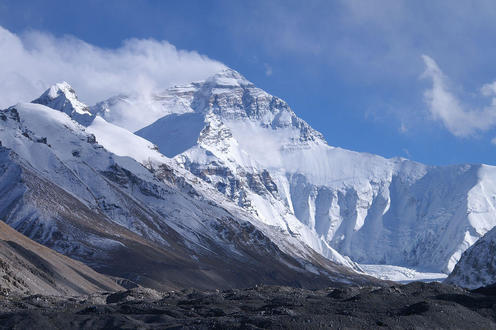 Consider a mighty peak like Mount Everest. Imagine you are at the foot of the mountain and you tilt your head back so much that your neck hurts. You can see the great rocky summit reared against the arc of the sky gleaming in the sun sporting a plume of wind-swept snow. The highest point in the planet is so beautiful and majestic. Now allow me to quote what nature writer John McPhee wrote in his book Annals of the Former World: “When the climbers in 1953 planted their flags on the highest mountain, they set them in snow over the skeletons of creatures that had lived in the warm clear ocean that India, moving north, blanked out. Possibly as much as twenty thousand feet below the seafloor, the skeletal remains had formed into rock. This one fact is a treatise in itself on the movements of the surface of the earth. If by some fiat I had to restrict all this writing to one sentence, this is the one I would choose: The summit of Mt. Everest is marine limestone.” That lofty pinnacle up there was once part of a sea bottom! This knowledge expands our capacity for enjoying the beauty of Everest and its significance. And it’s not just Mount Everest. Every mountain, every hill, every rock outcrop has a fascinating geologic story behind it. The landscapes all around us are ephemeral instants of geologic time where mountains reach for the sky and are eroded to the ground for eternity.  Suppose you go to the zoo with your family. You stare in amazement at the elephants, giraffes, rhinoceroses, hippopotamuses, pandas, lions, tigers, antelopes, apes, and other animals. Such diversity of sizes and body shapes, such colors, such beauty. All these living things form part of the tapestry of life. How many stories and paintings have they inspired? But as it turns out, we are part of the weave! Scientists have discovered that all these animals, including us, arose on this planet through a process of evolution which means we all share common ancestors. So when you peer into the eyes of a chimpanzee, you are looking back to the dawn of our species because they are one of our closest relatives.  Now imagine it’s nighttime and you are in the country far away from the lights of the city. You stare at the sky and see the myriad of stars, the diffuse cloud of our galaxy the Milky Way, and perhaps even a planet or two. Those marvelous worlds and suns so far removed from us. How many songs, and poems, and stories have they inspired? Now allow me to quote what the late astronomer Carl Sagan said in his famous program Cosmos: “The nitrogen in our DNA, the calcium in our teeth, the iron in our blood, the carbon in our apple pies were made in the interiors of collapsing stars. We are made of star stuff.” Yes, the components of your body and in fact of all life on Earth were created “up there” billions of years ago by some of the most titanic explosions that the universe has ever produced. Doesn’t that blow your mind away?  Finally, imagine being able to create reality by the mere act of observing it. Imagine an entity that can be a wave and a particle at the same time, that can be in two different places simultaneously, or that appears to go back in time. Imagine split realities, multiple universes, spooky actions at a distance, and a cat that is both dead and alive. These are some of the bizarre or counterintuitive phenomena and ideas generated by quantum mechanics. Quantum Mechanics is the highly successful theory ushered into existence by individuals that have become the stuff of legend such as Bohr, Planck, Einstein, Heisenberg, and Schrödinger, and which has made possible computers, smartphones, the internet, GPS, and MRI. Many scientific theories have challenged specific beliefs that humans beings harbored regarding their surroundings, but quantum mechanics has called into question our most basic notions of matter, space, and time, generating amazing realms where fantasy seemingly merges with realty, and where we can wander and wonder. These discoveries, and many others that have opened our senses and imagination to the hidden secrets of our planet and the universe, were only possible thanks to generations of researchers who spent years of their lives in offices, labs, or in the field thinking, measuring, analyzing, classifying, and performing experiments. These scientists were awed by their discoveries, and they have generated inspiration for poets, painters, writers, photographers, musicians, filmmakers, sculptors, and many others. Are you ready to be inspired? Learn about science! Schrodinger's Cat by Jie Qi is used here under an Attribution 2.0 Generic (CC BY 2.0) license, Everest photo credit: Rupert Taylor-Price / Foter.com / CC BY, Galaxy (CC0), Chimpanzee photo by Afrika Force is used under an Attribution 2.0 Generic (CC BY 2.0) license. 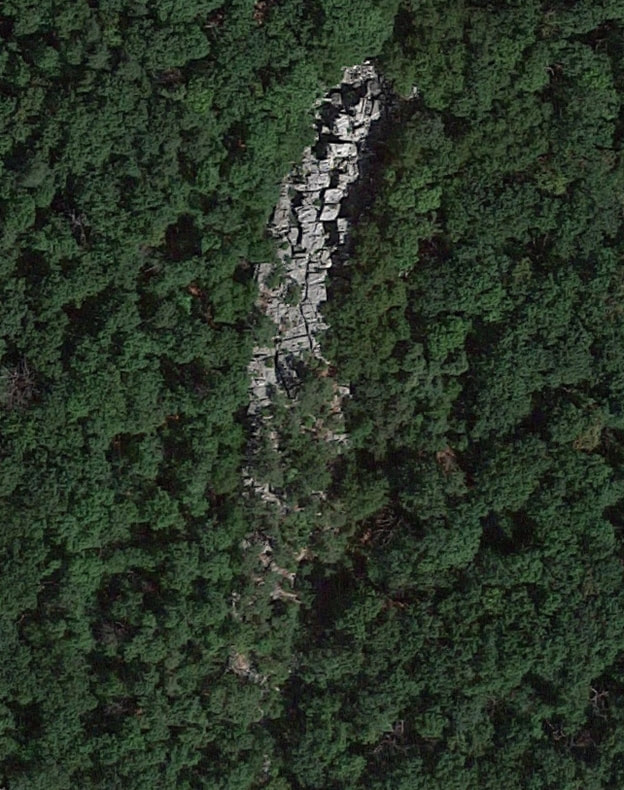 Wolf Rock in Google Maps (copyright Google 2018) Wolf Rock in Google Maps (copyright Google 2018) I have visited Wolf Rock several times while hiking in the Catoctin Mountain Park in Maryland. I keep returning to this rock formation despite the fact that you can’t see anything from it, as opposed to the breathtaking vista you can see from nearby Chimney Rock. So I decided to write a post about it. Wolf Rock is a large stretch of rock around 400 feet long and 30 feet high that protrudes over the surrounding woodland. The northern half is sufficiently clear of vegetation that you can see it using Google Maps. From above, it seems to be made of blocks that have been assembled next to each other (see picture at left). 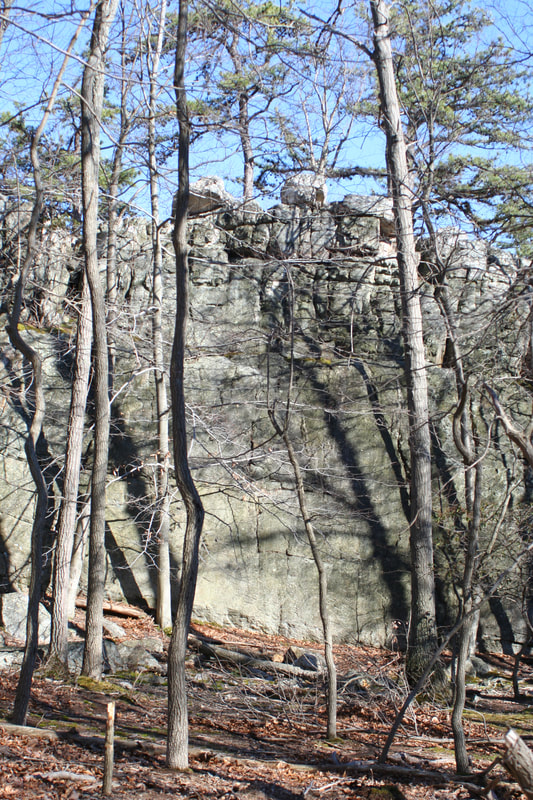 Wolf Rock and other such rocks in the park began as grains of sand that were washed off mountains to the west and deposited on a shallow sea that existed in this area 550 million years ago. When the African continent collided with North America 250 million years ago, and formed the Appalachian Mountains, the sand was compressed and crystalized into a very hard rock called quartzite. Since then, the Appalachians, which were once as high as the Rockies, have eroded down to the heights they have today, and ledges of quartzite like Wolf Rock that are more erosion resistant than the surrounding rock have been exposed. What impressed me at first about Wolf Rock is how massive it is and how suddenly is rises from the surrounding terrain. In fact, Wolf Rock is the only site in the park where rock climbing is allowed and there are several routes on the rocks that have names and are popular with local climbers. Once you climb to the top by a trail that you can barely make out among the rocks, you find yourself in a unique fractured landscape. When you head north along the surface of the rock you have to jump and climb your way around a maze of boulders and crevasses. The crevasses can be quite deep and they can swallow you whole if you fall! A remarkable feature of the top of Wolf Rock is the many pitch pine trees (Pinus rigida) that grow on the rocks. It’s amazing how these trees have adapted to this environment and make a living from the roots they insert into the cracks among the stones. The monolith is slowly breaking up into many discrete sections that give it the modular appearance that you see in the Google Maps image above. As you make your way among these cyclopean blocks you find traces of their ancestry like this mineral vein (see below) on the formations named King and Queen Rocks. The shadow of me taking the picture can give you an idea of the size of these boulders. At the north end of Wolf Rock, you find the emblematic Wolf’s Head Rock Pillar towering over the so called boulder garden in that area. In this section you also find the Suspended Rock, which is a slab of rock stuck in between adjacent boulders in a manner reminiscent of the famous Kjeragbolten boulder in Norway. Wolf Rock is not the longest, biggest, highest or many other -est rock formation in the United States, but for me it is a quiet out of the way place where I can connect with nature and wander around and ponder. Ponder about the magnificent geologic processes that shaped our planet over the eons. Ponder about the remarkable way life has evolved and adapted to the landscape as mountains were eroded into sand that washed into sea bottoms that in turn were lifted back into mountains that are now in the process of being eroded into sand again. Ponder about how humanity through observation and experiment has uncovered these amazing facts about our world. Alternatively, of course, I can just sit on a small boulder under the shadow of a pitch pine tree, close my eyes, and feel the wind blowing in my face. Google Maps image of Wolf Rock (copyright Google 2018) is used here as per Google's terms of use . All other pictures belong to Rolando Garcia. |
Details
Categories
All
Archives
June 2024
|
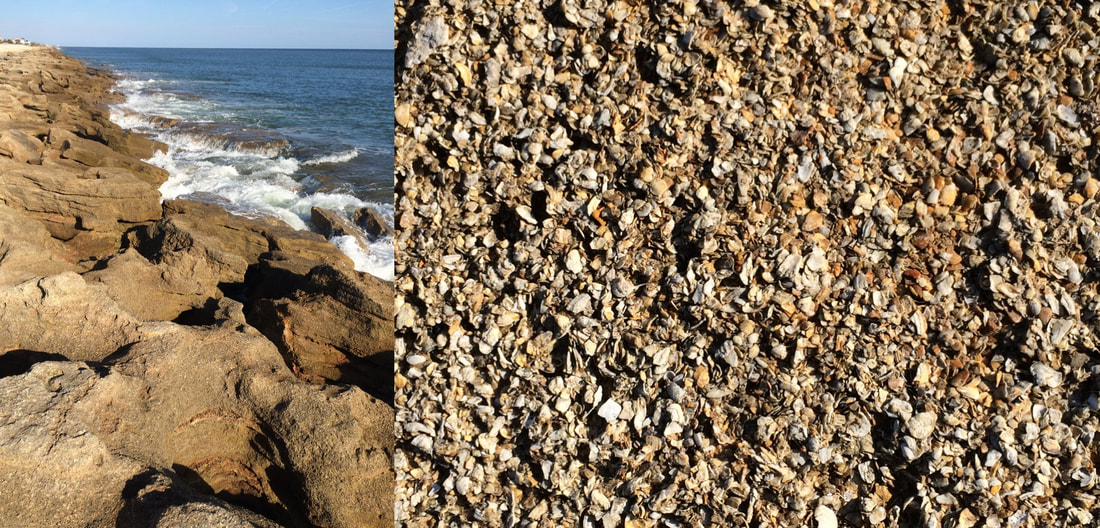
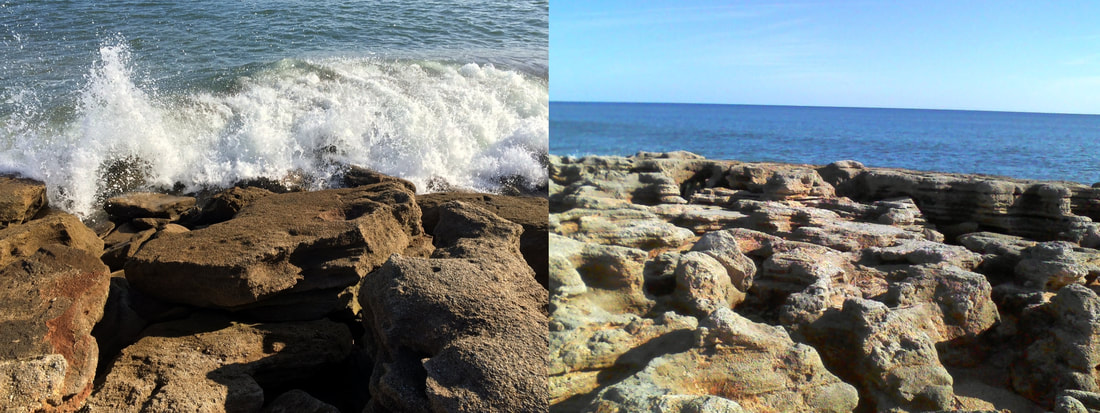


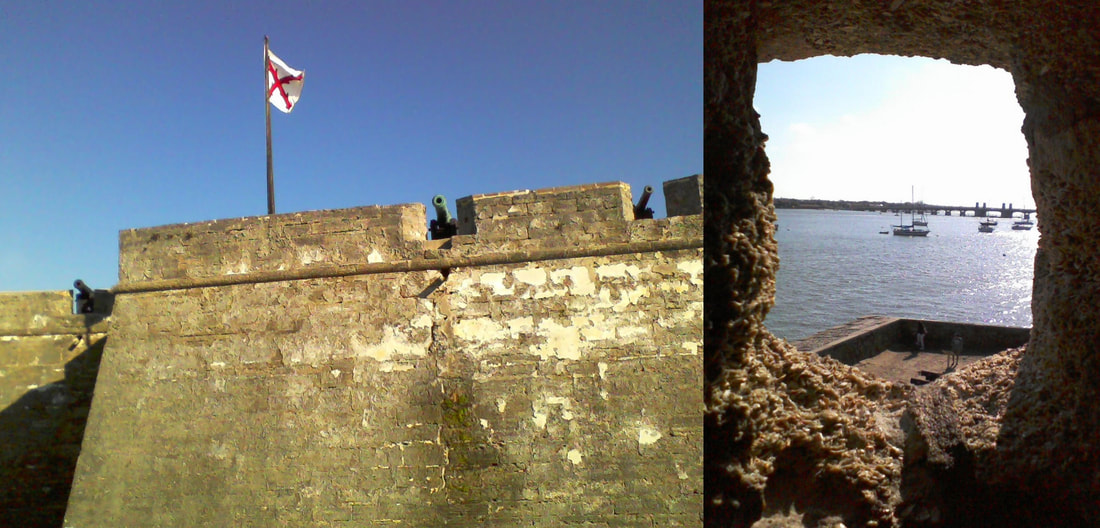
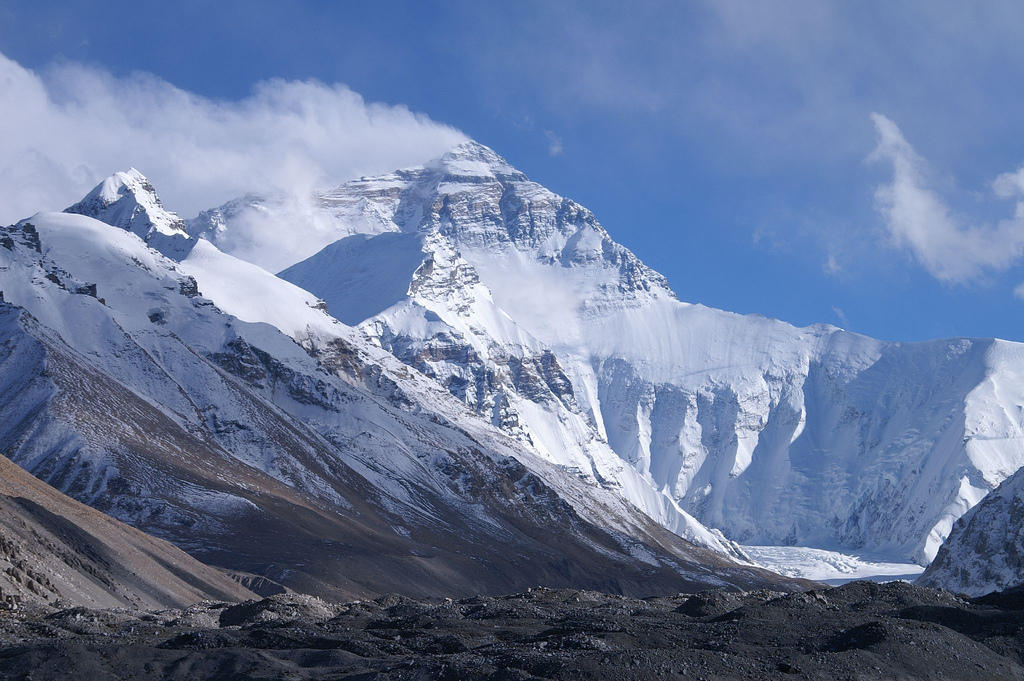
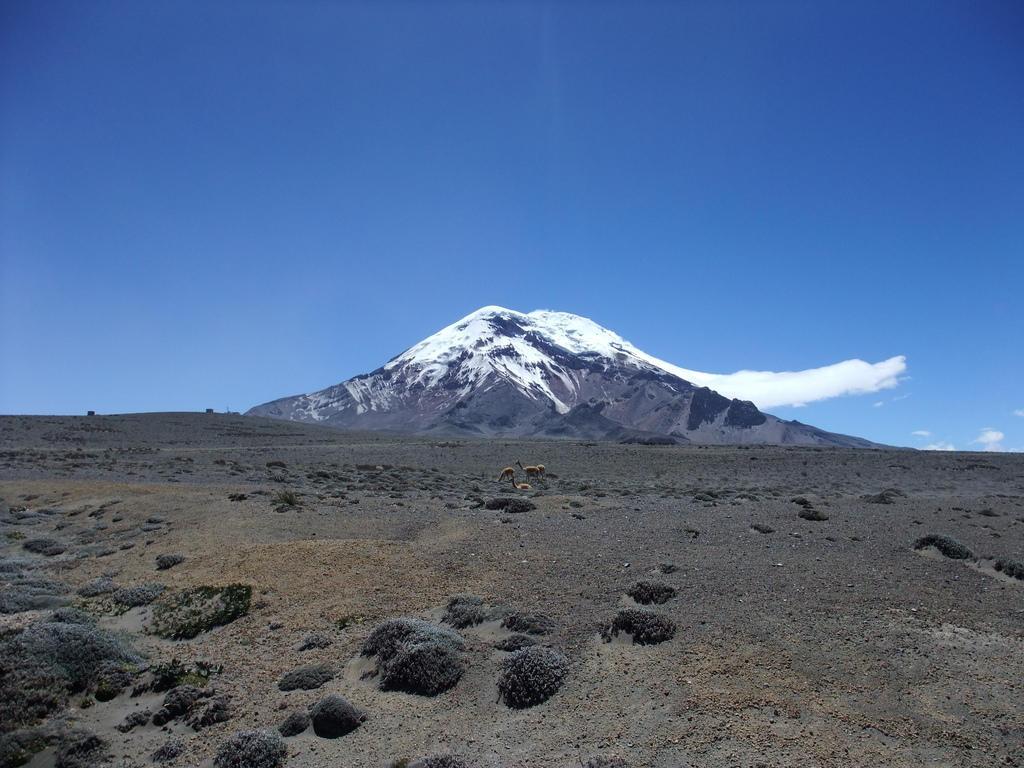
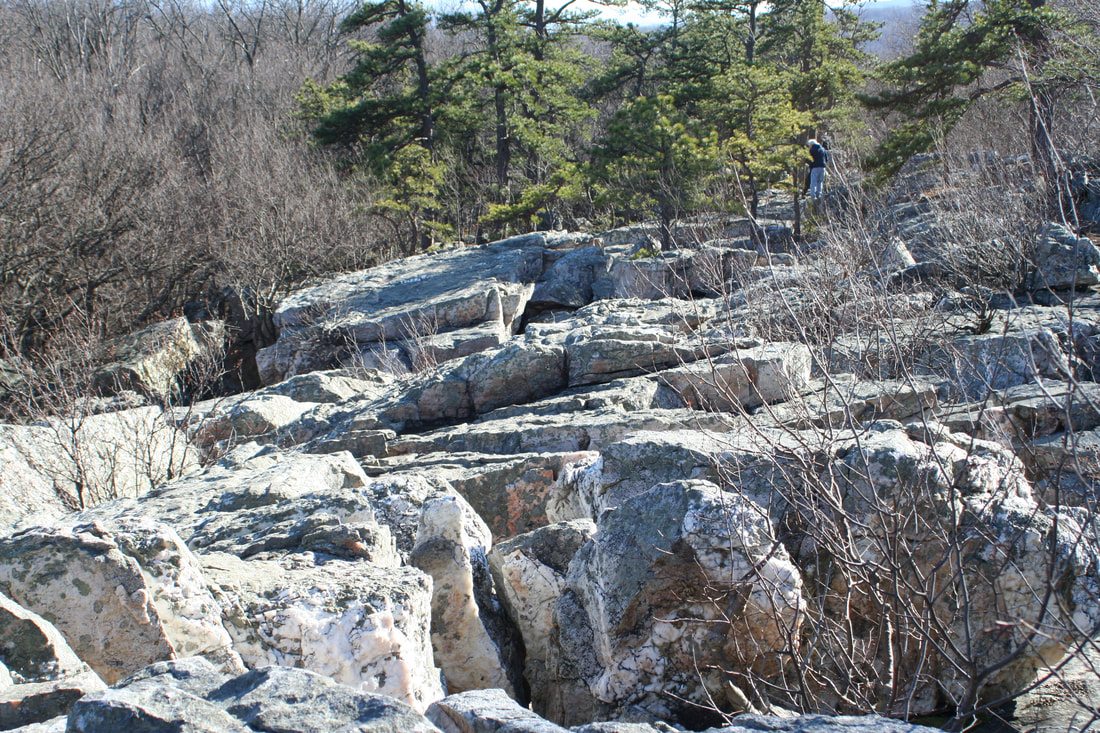
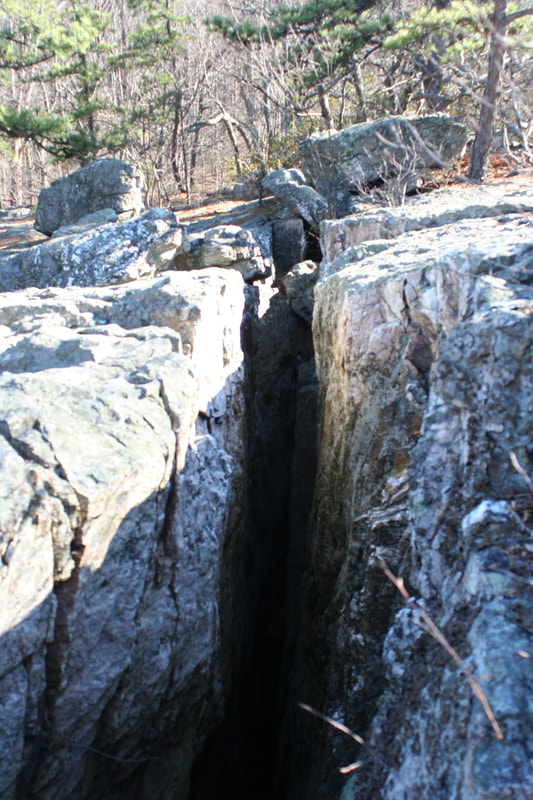
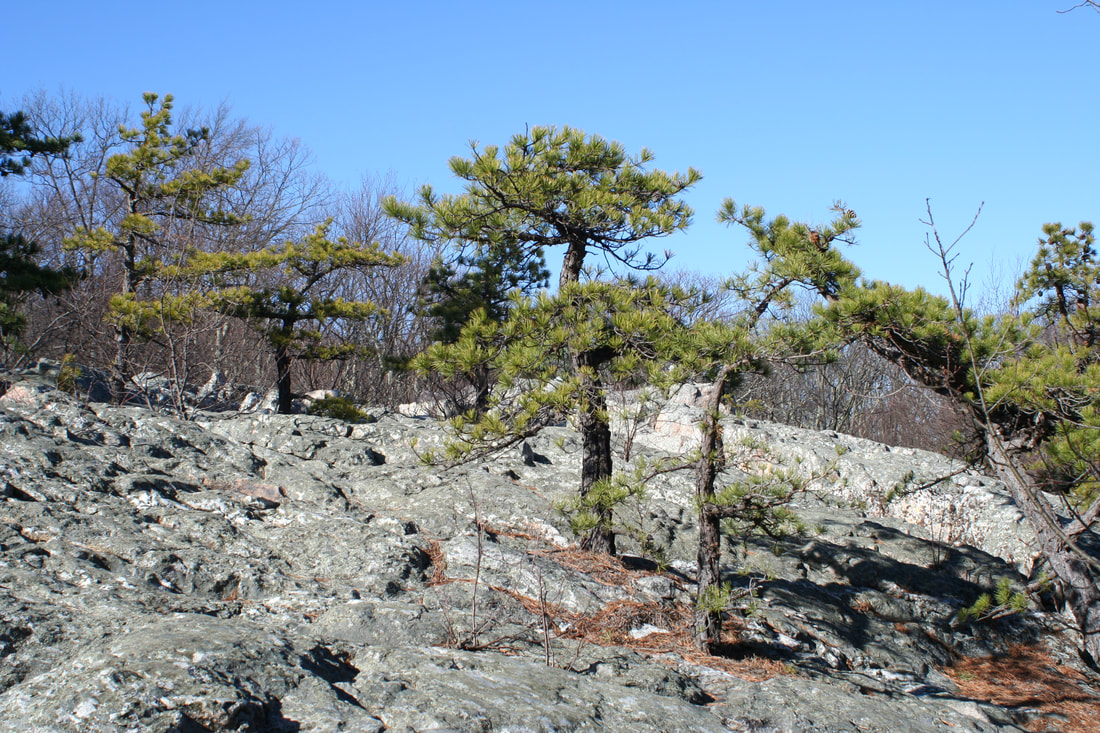
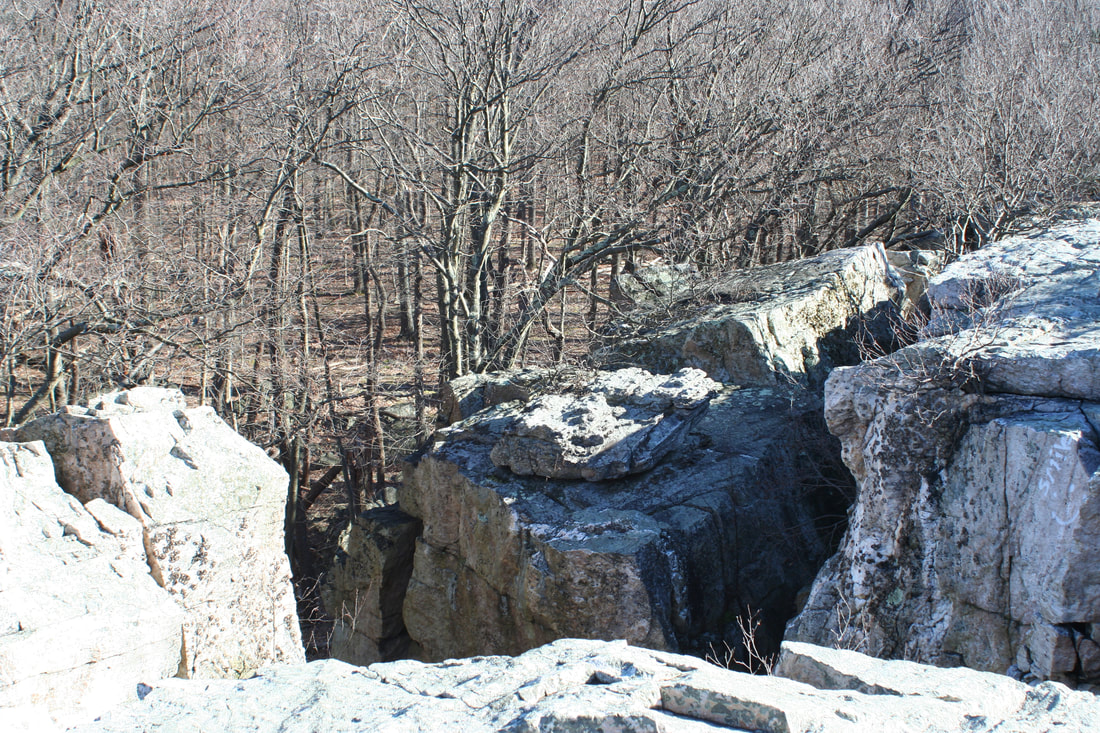
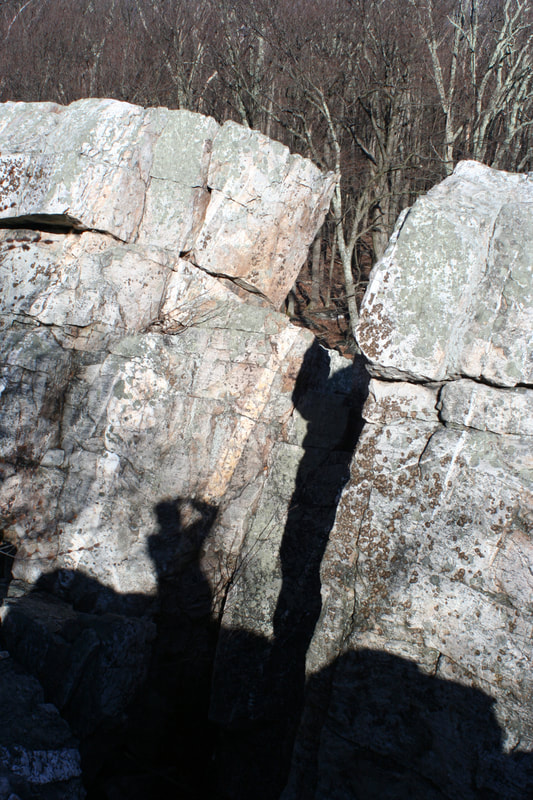
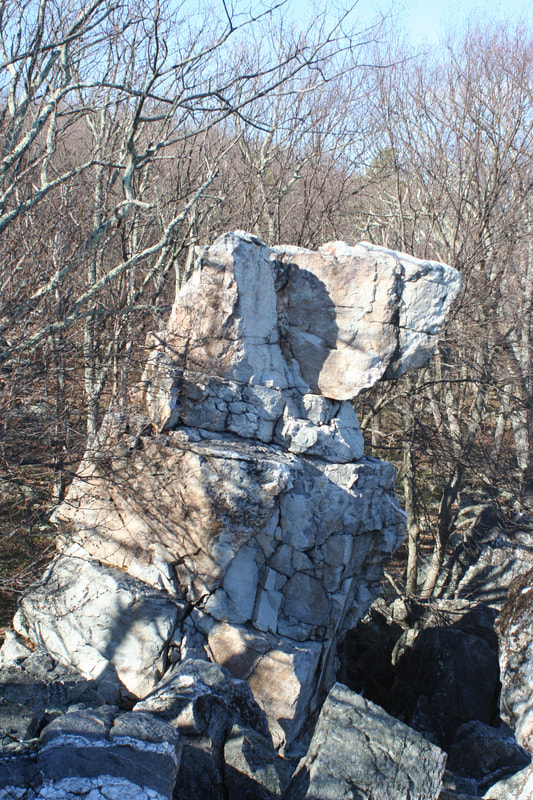
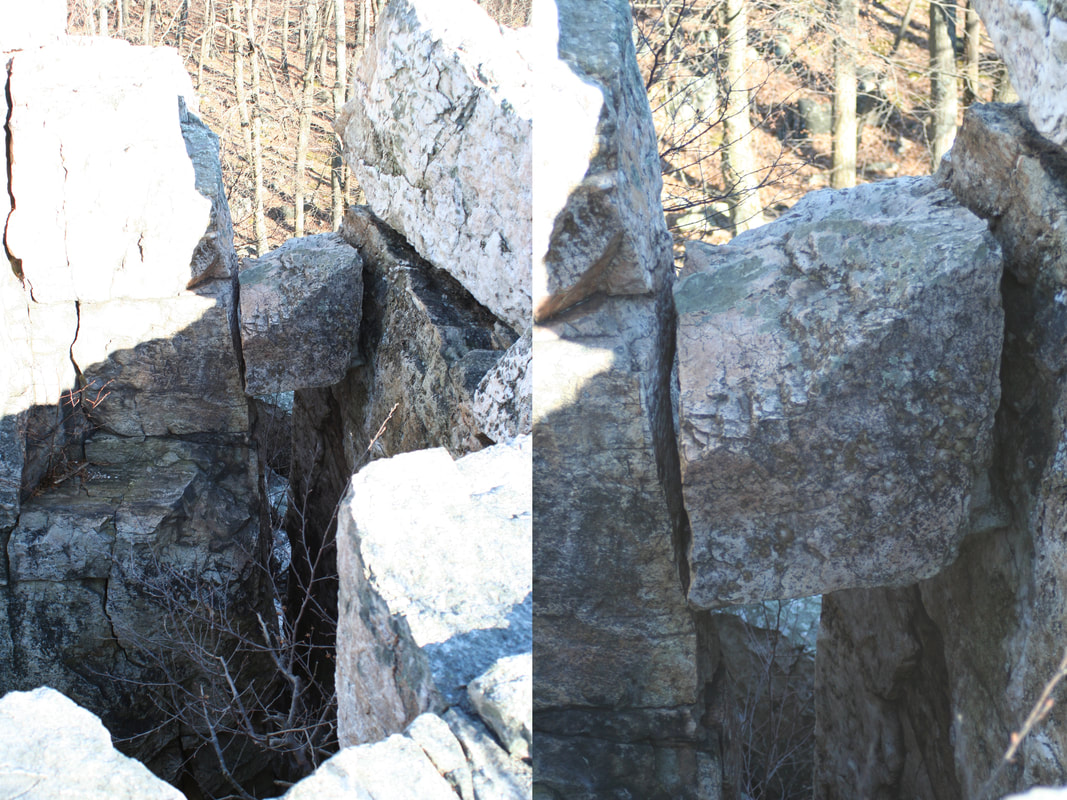
 RSS Feed
RSS Feed